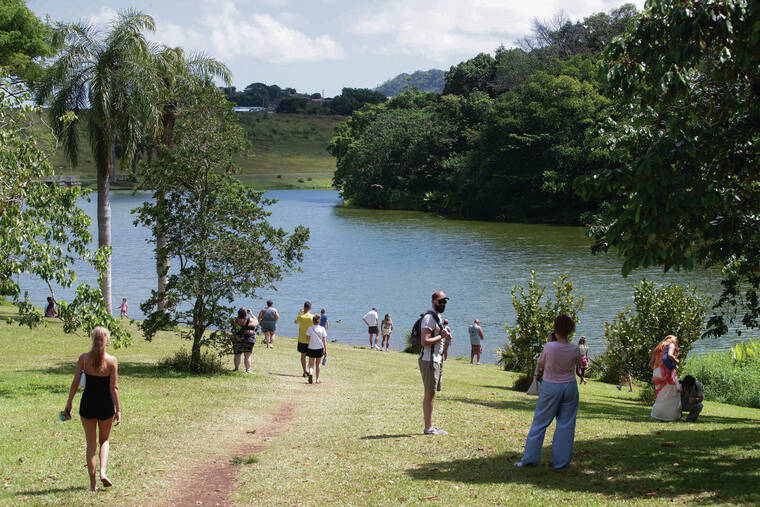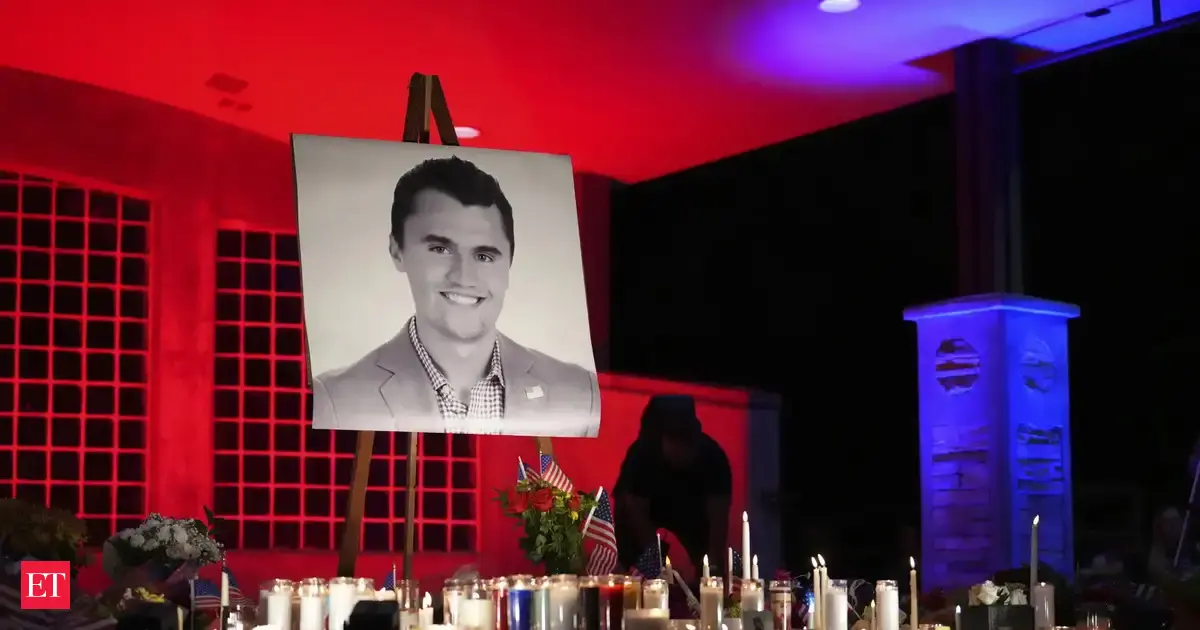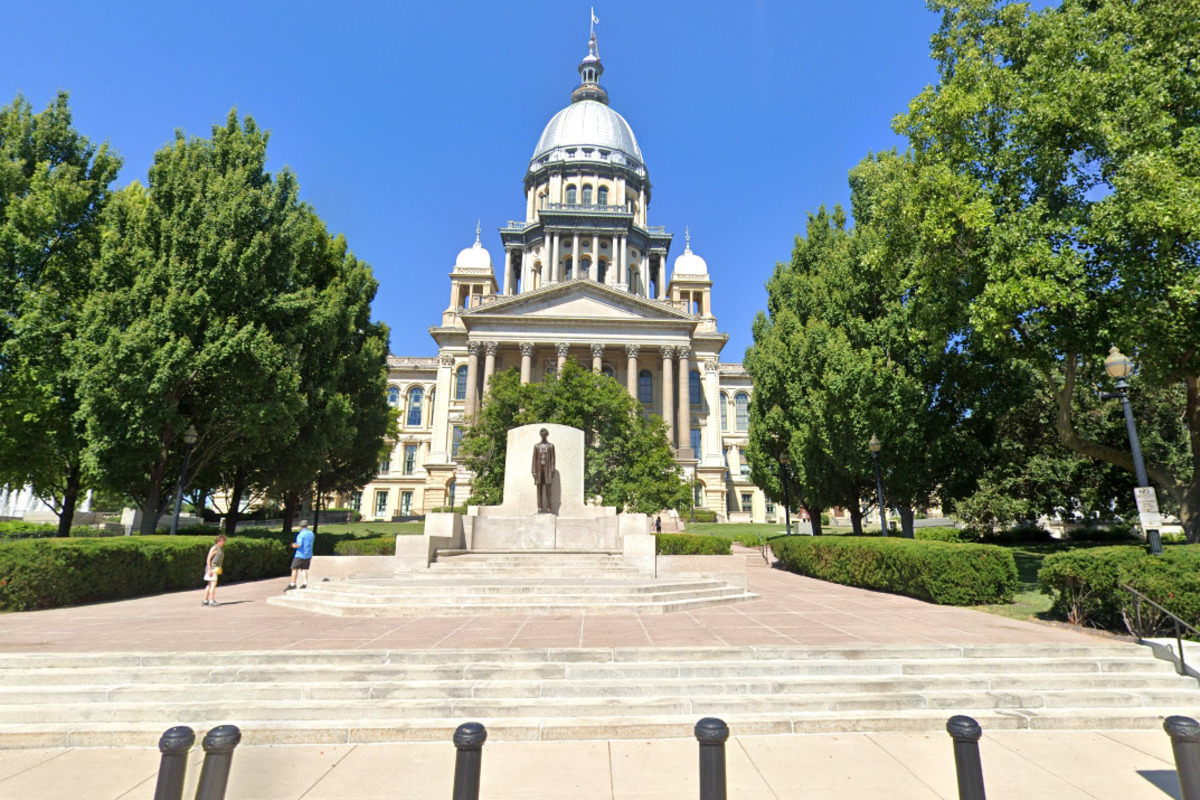By Ian Bauer
Copyright staradvertiser

Over the past
43 years, Windward Oahu’s lush, tranquil 400-acre Ho‘omaluhia Botanical Garden has been open to visitors nearly the entire time.
But city officials now assert in the post-pandemic era the number of guests to Ho‘omaluhia — which in the Hawaiian language translates to “a peaceful refuge” — have skyrocketed dramatically, to a point where the garden itself needs peace and refuge.
To that end, Honolulu Department of Parks and Recreation says starting next year it plans to close the garden one day a week to allow for much needed maintenance and repairs to the city-run facility that’s open 363 days each year.
But DPR is requesting that the public have input on the matter — via an online poll that asks whether the site should be closed every Tuesday or Thursday.
The public can access the poll at bit.ly/Hoomaluhia
The poll will be open until 5 p.m. Wednesday, Oct. 8.
Once the survey is closed, DPR said it will utilize the information to determine which day of the week to close Ho‘omaluhia, with the closure effective 2026.
“So what we’ve been tracking over the past several years is a steady increase in the amount of attendance that we’ve seen here at Ho‘omaluhia,” DPR spokesperson Nate Serota said during a news conference outside the park’s visitor center Monday.
Opened in 1982, Ho‘omaluhia was created in conjunction with the U.S. Army Corps of Engineers in 1978, with a previously developed 1974 master plan estimating a carrying capacity of 600,000 visitors each year. But in 2024 alone, 650,882 visits occurred at the garden — a nearly 236% jump from the 193,996 visits in all of 2015, city data
That continuous rise in annual attendance culminated with 723,495 visits tallied at the garden for the 2025 fiscal year, or from July 2024 through June 2025,
Serota stated.
At Ho‘omaluhia, the city said this one-day-a-week
closure will not only provide rest for the garden’s natural environment, but also give the dedicated staff an opportunity to conduct much-needed maintenance and recreational programming improvements without
disruption.
Those maintenance needs, particularly in high-traffic areas, include roadside and pathway landscaping, paving improvements, tree pruning, interior cleaning of buildings, including the venue’s education center, bathrooms, pavilions and exterior power washing, the city said.
Staff also will be given the opportunity to more proactively offer activities to the public, along with improving existing programs, such as camping, catch-and-release fishing and seasonal classes, the city said.
Garden staff members have determined Tuesdays and Thursdays to be the best choices for weekly closures as there are no regular garden programs scheduled those days, the city said.
“Right now and in the past decades it’s been open 363 days a year,” Serota said. “Only closed on Christmas Day and New Year’s Day.”
In comparison, Hanauma Bay is closed two days a week — Mondays and Tuesdays — after experiencing one-day-a-week closures prior to the pandemic.
Council member
Esther Kia‘aina, whose Council District 3 includes Ho‘omaluhia, said it’s critical to “malama aina this botanical garden.”
“In order for it to be a place of refuge or peace, it has to rejuvenate itself so that it can continue to be the wondrous beauty that it is for both the kamaaina as well as visitors,” she said at the news conference.
“We have five city gardens islandwide. This is obviously our largest and busiest at 400 acres and 725,000 (visitors) now a year,” Honolulu Botanical Gardens Director Joshlyn Sand said at the news conference. “I did want to emphasis that this is a challenge that botanical gardens across the country would die for: to be this loved and to be this visited is actually a wonderful thing, and we really want to rise the occasion and keep this place, and we want to try to steward this place into the next generation.”
Challenges occur, however.
Specifically, Sand and Kia‘aina each noted destructive invasive species — like coconut rhinoceros beetles, or CRBs, and koki frogs — that continue to ravage endemic plant and animal species in Windward Oahu, including at Ho‘omaluhia.
Sand said to combat CRBs “we have been doing targeted pesticide applications right now.” And she noted palm trees are also netted to prevent insect infestations.
“We net the crowns of palm species that are short enough for us to get to,” she added. “But really, for me, to be truly effective, some targeted sprays into the crown would be a great thing to do.”
Sand said aerial drones also may be used to apply pesticides to trees to kill CRBs. “And that’s a great example that if we had a day of closure, we can get in to do that work,” she added.
Due to CRBs, she noted Hoʻomaluhia has lost about 100 palms of different
“Many others are already infected,” Sand said. “But it is something that is just tearing at our hearts because this collection here is very palm rich; we have collections from all over the world, and native loulu palms.”
“And it’s very hard with the limited staff to do the kinds of treatments that will control it,” she added.
Other issues are the
result of the garden’s many visitors.
Sand noted its roadways — namely, Luluku Road that winds and rolls through Hoʻomaluhia as the main route of entry and exit to the garden — are in need of maintenance.
According to Sand, her agency’s current expense budget, which also includes Foster, Liliʻuokalani, Koko Crater and Wahiawa botanical gardens, amounts to about $1.4 million annually. A large percentage of that funding is dedicated to
“The most expensive of our five gardens for security is Hoʻomaluhia,” she added. “So we have $1.4 million, about $700,000 of that is just for security.”



